Baltimore Water Quality at a Glance
aging infrastructure concerns
Is Baltimore Water Safe to Drink?
Generally yes, with precautions. Baltimore’s treated water meets federal and state standards at the plant and in distribution system compliance monitoring. 1 The biggest household risks come from older plumbing and unknown service line materials that can contribute lead, plus regulated disinfection byproducts formed during chlorine treatment. Historical sampling at City treatment plants reported combined PFOA+PFOS around 4.93 ppt (2021); the EPA’s final 2024 rule now sets enforceable limits of 4 ppt for PFOA and PFOS (each). 10,5 If your home was built before 1987 or your service line is unknown, test and consider certified filtration for drinking/cooking water.
⚠️ Key Concerns for Baltimore Residents
- Lead service lines / unknowns: EPA estimated ~71,166 LSLs statewide; DPW’s initial inventory shows few confirmed LSLs but many lines remain “unknown.” 7,8,9
- PFAS (“forever chemicals”): Historic plant sampling found combined PFOA+PFOS ~4.93 ppt (2021); EPA’s 2024 rule sets 4 ppt MCLs for PFOA/PFOS, plus a Hazard Index for certain mixtures. 10,5
- Disinfection byproducts (TTHM/HAA5): Formed by chlorine reacting with organics; monitored under EPA Stage 2 DBPR. 1
- Aging mains & reservoirs: Old buried infrastructure can occasionally cause low pressure or discolored water; DPW prioritizes replacements and maintenance. 3
Read the full report below for detailed analysis, city-specific data, and actionable recommendations for Baltimore residents.
Baltimore – Maryland – Water Quality Report 2025: Sources, Treatment & Safety Across the City
Baltimore DPW supplies drinking water to ~1.8M people across Baltimore City and surrounding areas. Source water comes from the Prettyboy and Loch Raven Reservoirs (Gunpowder system) and the Liberty Reservoir (Patapsco), protected by watershed management north and west of the city. Treatment occurs at Montebello I & II and Ashburton plants using coagulation, sedimentation, filtration and chlorine disinfection. Combined capacity is up to ~360 MGD. 3,4
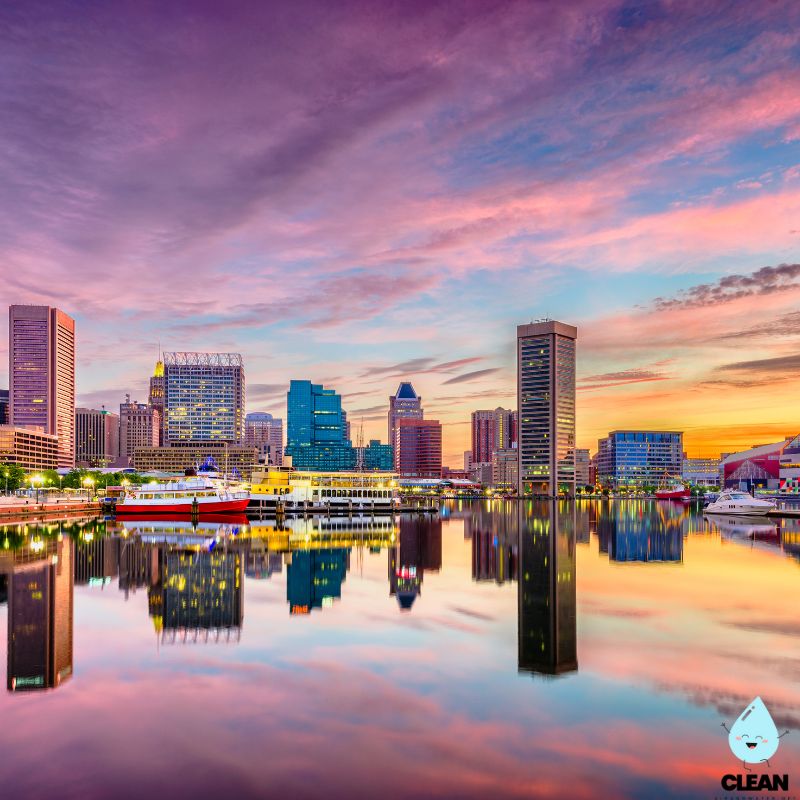
Baltimore Water Quality: Current Status (2024–2025)
Last updated: .
Latest Highlights
- Regulatory compliance: DPW reports full compliance with federal/state drinking water standards in the most recent CCR period. 1,2
- Lead (at the tap): System-wide 90th percentile results remain below the EPA Action Level (15 ppb). Homes with older plumbing can still have elevated readings; testing is advised for buildings built before 1987 or with unknown lines. 1
- PFAS: DPW is sampling per UCMR5 and the 2024 PFAS rule; historical plant sampling in 2021 measured combined PFOA+PFOS ≈4.93 ppt (context only). EPA’s current MCLs are 4 ppt for PFOA/PFOS (each) and 10 ppt for PFHxS, PFNA, and GenX, plus a Hazard Index for certain mixtures. 10,5,6
- Disinfection byproducts: Total trihalomethanes (TTHM) and haloacetic acids (HAA5) are routinely monitored under EPA Stage 2 DBPR and reported in the CCR. 1
Source Water & Watersheds
- Gunpowder system: Prettyboy & Loch Raven Reservoirs (north of the City)
- Patapsco system: Liberty Reservoir (west of the City)
- Protection: DPW manages ~24,580 acres of watershed lands under conservation and land-use controls. 4
Treatment & Corrosion Control
- Coagulation → sedimentation → filtration → chlorine disinfection
- pH/alkalinity adjustment to minimize lead pickup from home plumbing 3
Service Line Inventory & Replacement
- Initial inventory submitted; very few confirmed LSLs to date; many lines still classified “unknown.” 8,9
- Resident self-check & photo upload via the Service Line Partnership portal. 6
Customer Support
Questions or concerns? City residents dial 311; County customers can call 443-263-2220 or 410-396-5352. 13
Recommendations for Baltimore Residents
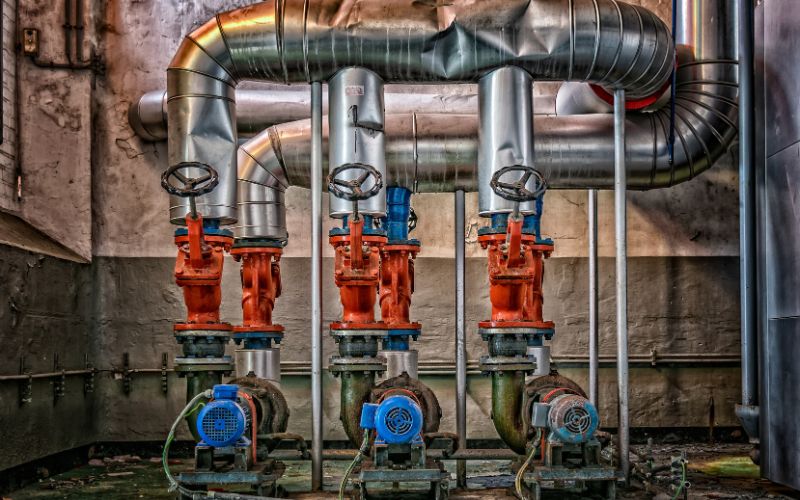
Test for Lead
If your home was built before 1987 or your service line is “unknown,” test your tap water for lead and check your pipe material. City residents can call 311 for guidance. 1,11
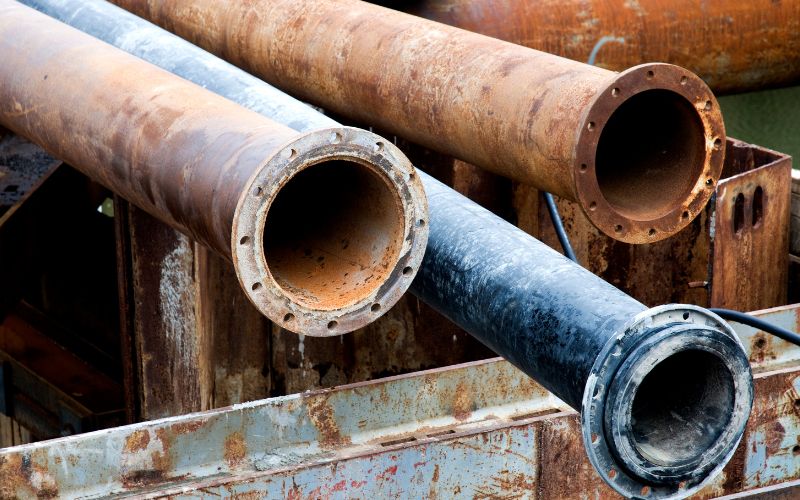
Check Your Service Line
Use the Baltimore Service Line Partnership online survey to identify your line material using a magnet/key scratch test and a photo upload. 6
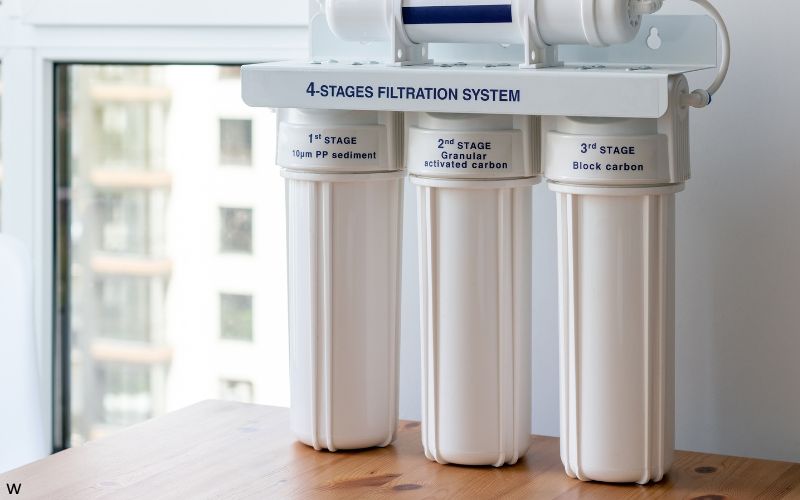
Use Certified Filters (Optional)
For added peace of mind, use NSF/ANSI-certified filters:
• Lead: NSF/ANSI 53 (carbon block)
• PFAS: NSF/ANSI 53/401 (carbon) or NSF/ANSI 58 (reverse osmosis)
We like this compact RO option: Waterdrop Reverse Osmosis system.
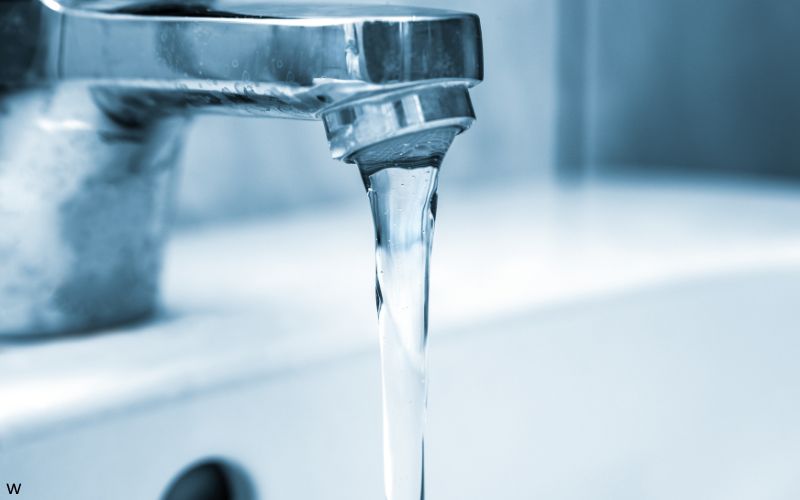
Flush Pipes Properly
If water sat in pipes >6 hours, run cold water 1–2 minutes before drinking/cooking. Always use cold water for consumption.

Report Issues
City residents: call 311. Baltimore County customers: 443-263-2220 or 410-396-5352. For main breaks, low pressure, or discolored water, report promptly. 13
Quality News About Your Water
Get the comprehensive water quality news coverage you need with our dedicated US Water News Service. From coast to coast, we deliver in-depth reporting and expert analysis on PFAS contamination, EPA regulatory changes, infrastructure developments, and emerging water safety issues affecting communities nationwide. While mainstream media only covers the biggest stories, we provide the detailed, ongoing coverage that helps you understand the full scope of America’s water challenges. Whether you’re a concerned citizen, water professional, or community leader, our daily updates and analytical insights keep you informed about the issues that matter most to public health and environmental safety.
Frequently Asked Questions
Is Baltimore’s tap water safe to drink?
Yes—DPW reports compliance with drinking water standards in the latest CCR, and source waters are protected reservoirs. Still, homes with older plumbing or unknown service lines can contribute lead. Testing and certified point-of-use filters are prudent for sensitive groups. 1,4
What about PFAS in Baltimore water?
DPW is monitoring per the federal rule. Historical plant sampling (2021) reported combined PFOA+PFOS ≈4.93 ppt; EPA’s 2024 rule sets 4 ppt MCLs for PFOA/PFOS (each) and 10 ppt for PFHxS, PFNA, GenX, with a Hazard Index for certain mixtures. Carbon and reverse osmosis filters can reduce PFAS. 10,5,6
Are there water restrictions?
Restrictions are uncommon, but voluntary conservation can be requested during dry periods. Check DPW updates or call 311 for current status. 13
Contaminants of Concern

Lead
Source: Service lines/older plumbing in some homes built before 1987. Health: Neurological/developmental impacts in children; cardiovascular/kidney effects in adults. Status: System 90th-percentile results are below the EPA Action Level (15 ppb), but individual homes can vary—test if your materials are unknown. 1

PFAS (“Forever Chemicals”)
Source: Industrial uses, firefighting foams, consumer products. Health: Associations include some cancers, cholesterol changes, immune effects. Status: DPW provides PFAS info and monitoring updates; historic plant sampling in 2021 measured combined PFOA+PFOS ≈4.93 ppt. EPA MCLs now: PFOA 4 ppt, PFOS 4 ppt; PFHxS/PFNA/GenX 10 ppt; plus a Hazard Index for certain mixtures. 6,10,5
Please read – our information
The information presented on cleanairandwater.net is compiled from official water quality reports, trusted news sources, government websites, and public health resources. While we strive for accuracy and thoroughness in our presentations, we are not scientists, engineers, or qualified water quality professionals.
Our mission is to present water quality information in an accessible, real-world format that helps people understand what’s in their water and make informed decisions about their health and safety. We believe that complex environmental information should be available to everyone in a format that’s easy to understand.
We make every effort to ensure our content is current and accurate, but we cannot guarantee that all information is complete or error-free. This website should not replace official communications from your local water utility or health department. We always recommend consulting official sources for the most up-to-date information regarding your specific water system.
Clean Air and Water is not liable for any unintentional errors, omissions, or outdated information. The content on this site is provided for informational purposes only and should not be considered professional advice.

- Baltimore City DPW – 2024 Water Quality Report (CCR). Includes compliance data, DBP monitoring, and lead/copper program context.
- Baltimore City DPW – Water Quality Reports hub: overview and access to current/archived CCRs.
- Baltimore City DPW – Drinking Water overview: plants (Montebello I&II, Ashburton), operations, and customer contact pathways.
- Baltimore City DPW – Reservoirs & watershed stewardship (Loch Raven, Prettyboy, Liberty; ~24,580 acres).
- U.S. EPA (Apr 2024) – Final PFAS National Primary Drinking Water Regulation: MCLs (PFOA/PFOS 4 ppt; PFHxS/PFNA/GenX 10 ppt) and Hazard Index.
- Baltimore City DPW – PFAS information page and UCMR5 context.
- WBAL (Nov 2023) – EPA estimate ≈71,166 lead service lines statewide (Maryland).
- Baltimore City DPW (Oct 16, 2024) – Initial service line inventory submission press release (very few confirmed LSLs; inventory ongoing).
- FOX Baltimore (Nov 26, 2024) – Inventory snapshot noting many “unknown” service lines across the region.
- Baltimore DPW Water Quality reporting (2021) – historic combined PFOA+PFOS ≈4.93 ppt at treatment plant sampling (context only; not current tap levels).
- Baltimore Service Line Partnership portal – address lookup, scratch/magnet test instructions, photo upload.
- DPW/County contact references – 311; Baltimore County water issue lines (443-263-2220 / 410-396-5352) for reporting issues.
Important: PFAS “historic” results reflect past plant sampling and may not predict neighborhood tap levels. Always rely on the current CCR and DPW advisories for regulatory compliance status. This page is informational and not medical advice.

